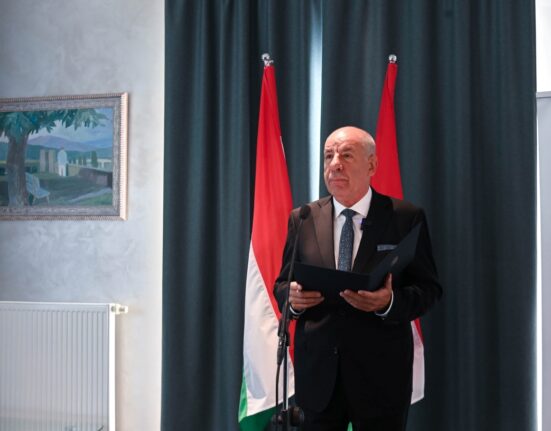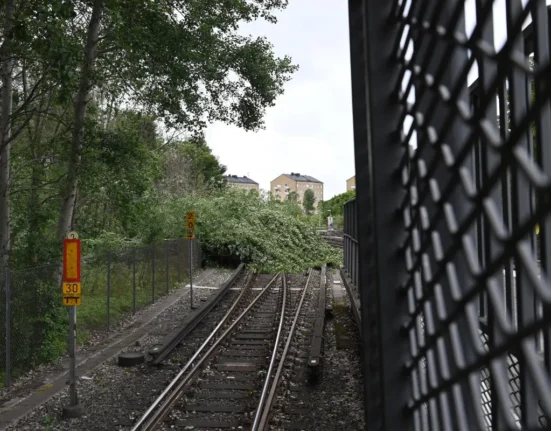The rapid advancement of artificial intelligence (AI), cloud computing, and machine learning is ushering in a new era of technological innovation. As these technologies continue to evolve, the demand for electricity to power data centers is reaching unprecedented levels. In the United Kingdom, this surge presents a unique challenge as the country aims to establish itself as a global leader in AI development.
The National Grid’s Future Energy Scenarios 2024 report highlights a concerning trend: data centers are poised to become one of the fastest-growing sources of electricity demand in the UK by the 2030s. With the increasing adoption of cutting-edge AI models like ChatGPT, data centers are consuming vast amounts of energy due to their continuous operation. This surge in energy demand cannot be sustained by the existing infrastructure without significant consequences.
An uncoordinated approach to sourcing power for data centers could result in a 14% increase in power sector emissions, directly undermining the UK’s decarbonization goals and leading to higher electricity prices. The intersection of AI development and energy consumption poses a critical challenge that must be addressed to ensure a sustainable future for both sectors.
To navigate this complex landscape, a strategic approach is needed to unlock the potential of the AI sector while maintaining energy efficiency and environmental sustainability. One solution lies in strategically locating new data centers in areas with available grid capacity, ideally near power generation sources. Drax Power Station, located in North Yorkshire, emerges as a promising candidate due to its significant renewable power output and the potential for future expansion.
The integration of a data center with Drax Power Station could not only enhance system resilience but also optimize energy transmission efficiency and support the connection of new energy capacity. By leveraging the unique capabilities of large power stations like Drax, the UK can create a synergy between AI infrastructure and renewable energy generation, paving the way for innovative solutions that benefit both industries.
To fully realize this potential, regulatory frameworks must be adapted to accommodate the evolving energy landscape. Current restrictions on power stations supplying electricity to both the grid and private off-takers such as data centers hinder the optimization of energy resources. By revisiting these regulations and fostering collaboration between the energy and digital sectors, the UK can unlock untapped capacity and drive economic growth through sustainable energy practices.
The government’s initiative to establish AI Growth Zones presents an opportunity to strategically distribute AI infrastructure across the country, steering away from congested urban centers towards regions with ample power resources and community benefits. This holistic approach recognizes the interconnected nature of AI development and energy consumption, emphasizing the need for a cohesive strategy that aligns power generation with energy-intensive operations.
By combining bioenergy with carbon capture and storage (BECCS) technology at Drax Power Station and co-locating a data center on-site, the UK could pioneer a carbon-negative data center model — a groundbreaking innovation that counters the notion of AI growth contributing to increased carbon emissions. This transformative project not only positions the UK as a digital leader but also revitalizes communities facing economic challenges through job creation and sustainable growth opportunities.
In conclusion, the convergence of AI development and energy demands necessitates a forward-thinking approach that balances innovation with sustainability. Embracing a strategic vision that integrates data center infrastructure with renewable energy sources not only ensures energy security but also propels the UK towards a digital future grounded in environmental stewardship and economic resilience. It’s time to reimagine how we build, power, and position the critical infrastructure of the 21st century, forging a path towards a sustainable and prosperous future for all.









Leave feedback about this